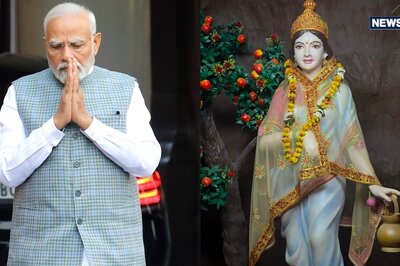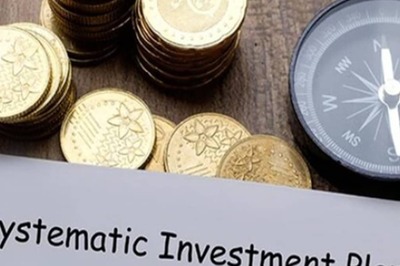
views
London: The 2010 Amazon drought may have been even more devastating to the region's rainforests than the unusual 2005 drought that was previously billed as a one-in-100 year event.
Analyses of rainfall across 5.3 million square km of Amazonia during the 2010 dry season shows that the drought was more widespread and severe than in 2005.
The British-Brazilian team also calculated that the carbon impact of the 2010 drought may eventually exceed the five billion tonnes of carbon dioxide released following the 2005 event as severe droughts kill rainforest trees, the journal Science reports.
Even the US emitted 5.4 billion tonnes of carbon dioxide from fossil fuel use in 2009, according to a University of Leeds statement. The authors suggest that if extreme droughts like these become more frequent, the days of the Amazon rainforest acting as a natural buffer to carbon emissions may be numbered.
Lead author Simon Lewis from the University of Leeds said: "Having two events of this magnitude in such close succession is extremely unusual but is unfortunately consistent with those climate models that project a grim future for Amazonia."
The Amazon rainforest covers an area approximately 25 times the size of Britain. University of Leeds scientists have previously shown that in a normal year intact forests absorb approximately 1.5 billion tonnes of carbon dioxide.
This counter-balances the emissions from deforestation, logging and fire across the Amazon and has helped slow down climate change in recent decades.
In 2005, the region was struck by a rare drought which killed trees within the rainforest. On-the-ground monitoring showed that these forests stopped absorbing carbon dioxide from the atmosphere. As the dead trees rotted they released it to the atmosphere.




















Comments
0 comment